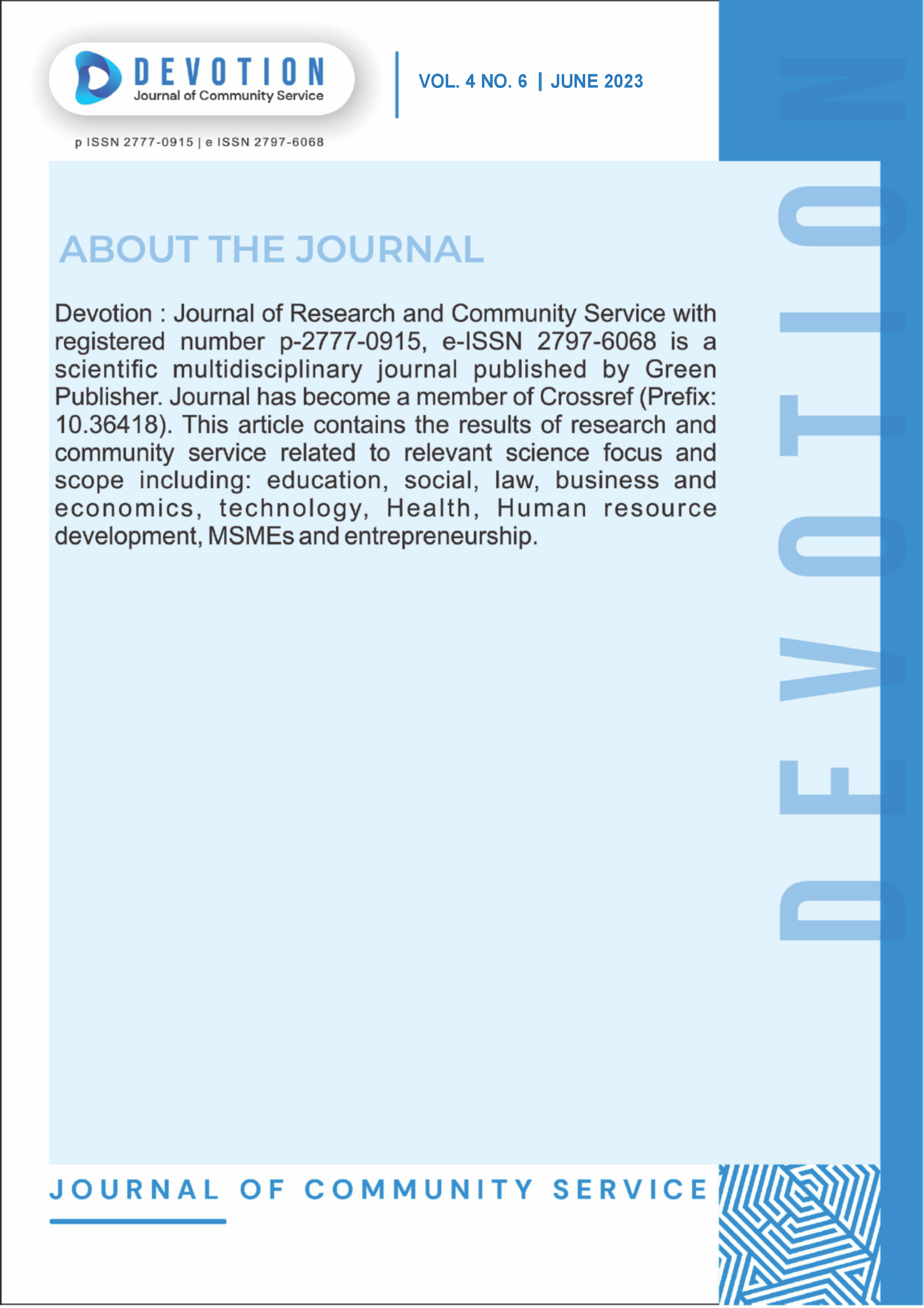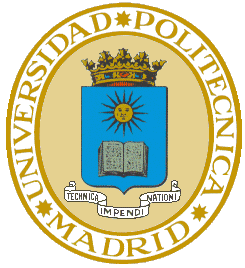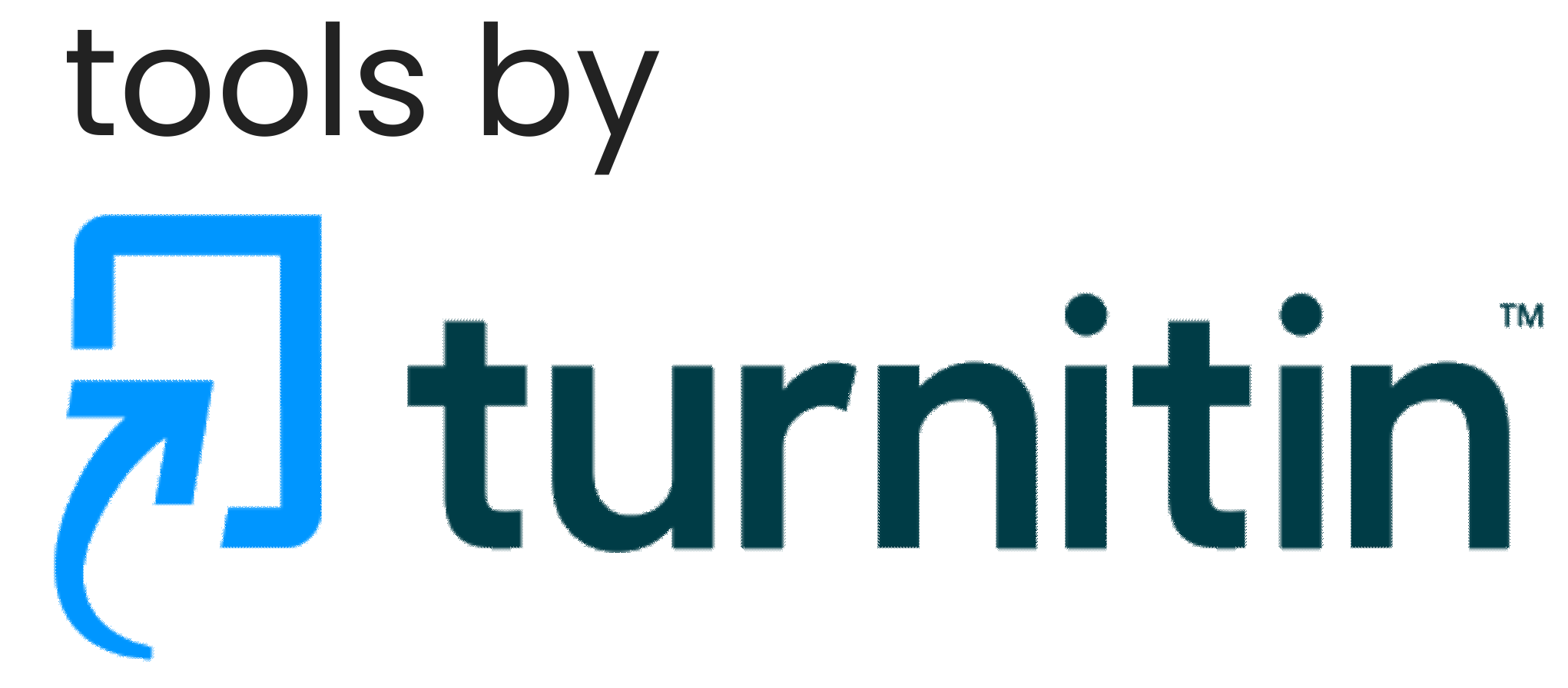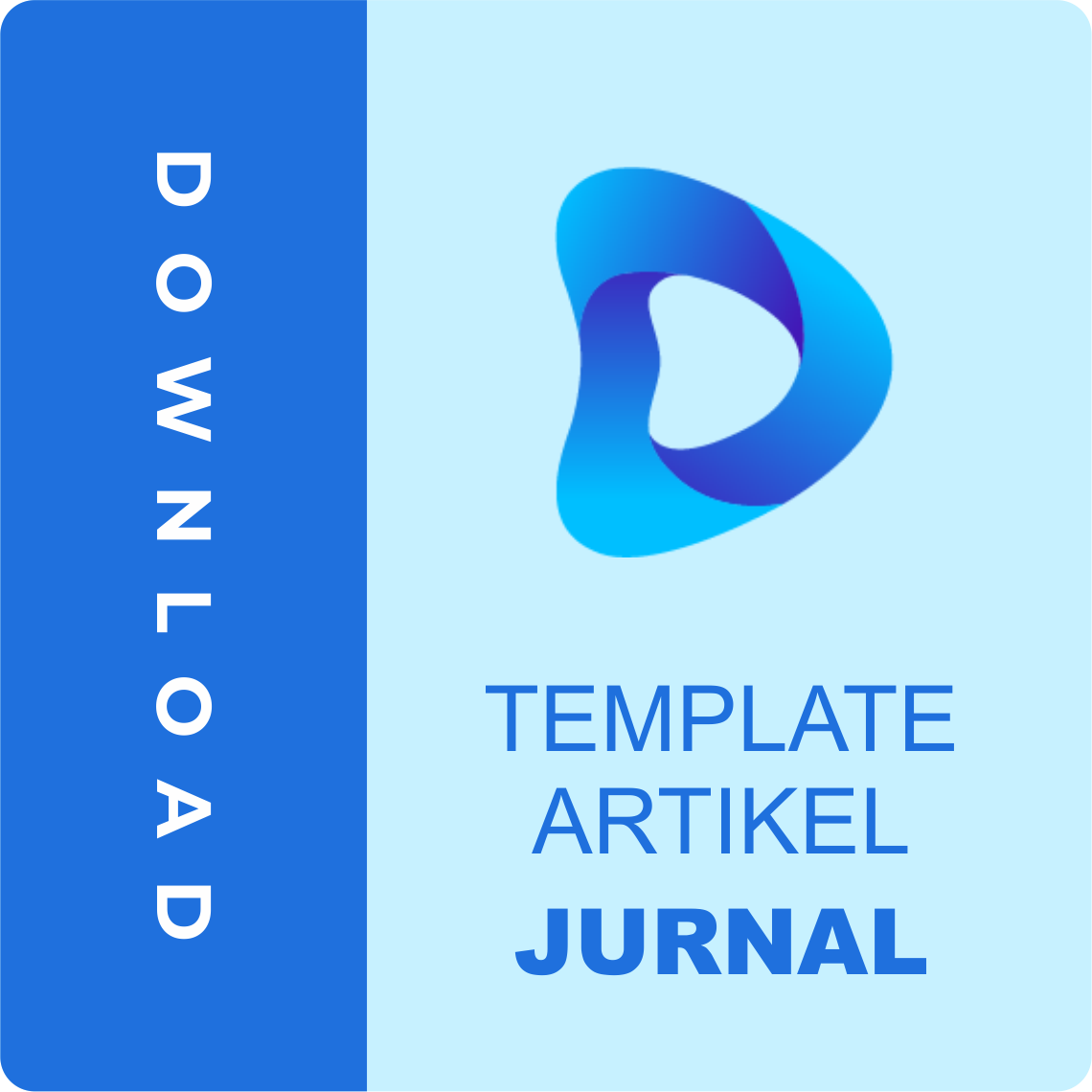Electric Mosquito Repellent Effect of Male Breadfruit Flower Mat Causes Mosquito Mortality Anopheles sp.
DOI:
https://doi.org/10.59188/devotion.v4i6.494Keywords:
mosquito bites; Malaria; Anopheles sp.; male breadfruit flowerAbstract
Through mosquito bites, parasites of the genus Plasmodium spread the disease known as malaria. Malaria-carrying mosquitoes of the genus Anopheles sp. One secure method of controlling the Anopheles sp. mosquito population is biological mosquito control. Since the biological method does not use chemicals but rather the phytochemicals found in plants, one of which contains compounds from the male breadfruit flower and is capable of acting as a vegetable larvicide or mosquito repellent. The aims of the study is to evaluate the effectiveness of electric mosquito mats that contain male breadfruit flowers to kill or cause mosquitoes (Anopheles sp.) to die. A completely randomized design (CRD) was used for the experiment. The results showed a change in the mortality of Anopheles sp. mosquito larvae. After exposure to breadfruit flower mat doses of 0.5gr, 1gr, 1.5gr, 2gr compared to no administration. Thus, it was concluded that male breadfruit flower mats with concentrations of 0.5gr, 1gr, 1.5gr, and 2gr had an insecticidal effect on the mortality of Anopheles sp. mosquitoes. with an effective concentration of 2gr (96.5% mortality), of which 50% mortality (LC50) of Anopheles sp. larvae. Occurred at a concentration of ethanol extract of male breadfruit flowers dose 0.36gr.
Published
Issue
Section
License
Copyright (c) 2023 Debby Dijola Moniharapon, Martha Kaihena, Adrien Jems Akiles Unitly

This work is licensed under a Creative Commons Attribution-ShareAlike 4.0 International License.
Authors who publish with this journal agree to the following terms:
- Authors retain copyright and grant the journal right of first publication with the work simultaneously licensed under a Creative Commons Attribution-ShareAlike 4.0 International. that allows others to share the work with an acknowledgement of the work's authorship and initial publication in this journal.
- Authors are able to enter into separate, additional contractual arrangements for the non-exclusive distribution of the journal's published version of the work (e.g., post it to an institutional repository or publish it in a book), with an acknowledgement of its initial publication in this journal.
- Authors are permitted and encouraged to post their work online (e.g., in institutional repositories or on their website) prior to and during the submission process, as it can lead to productive exchanges, as well as earlier and greater citation of published work.













